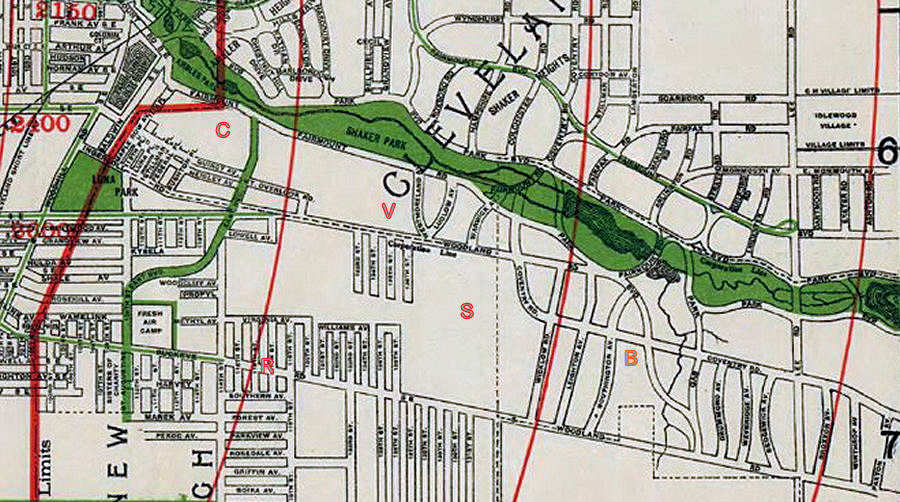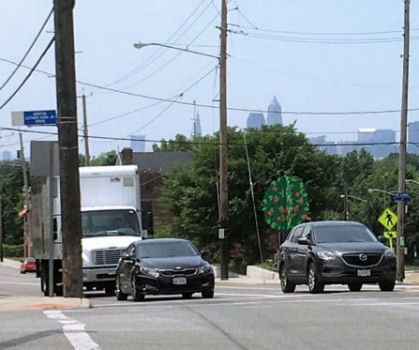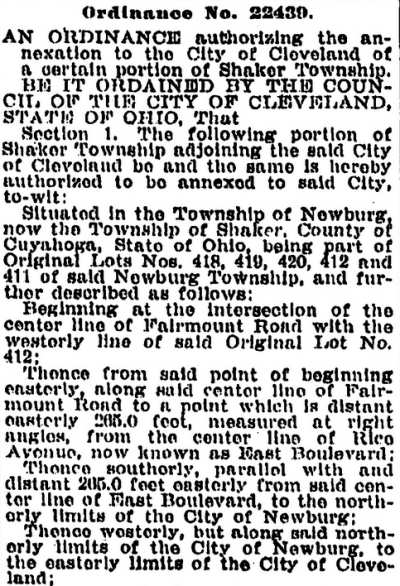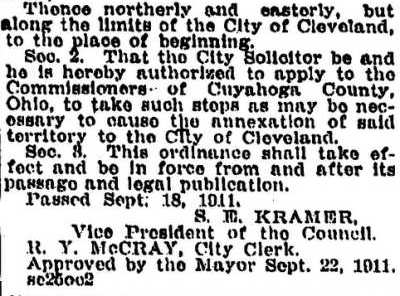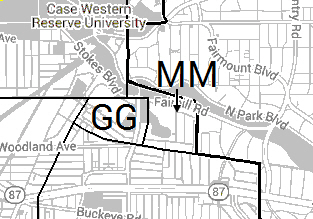| INTRODUCTION | |
|
William Van Aken (1884-1950) knew the men who lived along Woodland (today Larchmere) Road. They were skilled workers and tradesmen. Most had been born in Central Europe. They lived in small homes, some in up-and-down duplexes. He had lived near them for years, was a bookkeeper in a foundry that employed some of them, and hoped to "plat" his mother's farm and sell plots to men like them. We can describe the neighborhood and its residents accurately as their homes still stand and we have their 1910 US Census data on these pages. In early 1911 Van Aken circulated the petition that freehold electors (men who owned land and were registered voters) signed and by doing so led to the area's detachment from Cleveland Heights and the creation of Shaker Village. |
These petition-signers who lived in what was then southwest Cleveland Heights didn't share the Van Sweringen vision of a community for Cleveland's elite: large homes on large lots, Protestant churches, private schools and country clubs. Then why did they sign the petition? Our pages on the 1911 creation of Shaker Village and on the 1912 transfer of the Shaker Square area to the Shaker schools did not raise this question nor try to answer it. There is ample evidence to show that those we will call the westerners wanted to become Cleveland residents. Getting out of Cleveland Heights was the first step This page will try to explain. Arnold Berger June 15, 2018
|
| A 1910
MAP OF THE AREA This 1910 Forman-Bassett-Hatch map shows the homes of the westerners. They are in the cluster of streets east of East Boulevard, north of Woodland Avenue. east of the city limits. Shaker Park, owned by Cleveland, includes the Shaker Lakes and is in Cleveland Heights. The ravine with Doan Creek became the legal separation between Cleveland Heights and Shaker Heights. In the left (west) Woodland Avenue is the southern border of Cleveland Heights. Shaker Village would soon rename the east-west part of Coventry Road to "Shaker Boulevard". |
SCHOOL CHOICES
School size was important. Small schools had more than one grade in a classroom; larger schools had one or more classrooms for each grade.
|
|
|
|
| GOING BACK TO THE EARLY 1900s | |||||||||||||
|
Cleveland was strong and growing.
Immigrants, most from Southern and Eastern Europe, and
Americans leaving farms were coming in large
numbers, most to its older
neighborhoods. Much growth was due to annexations of
adjacent villages because
they recognized that the city could provide the infrastructure and services
they needed. |
Cleveland's schools and libraries were very strong, leading some contiguous villages to arrange to send their children to them. Examples: Newburgh City and Glenville used Cleveland's schools years before their annexations. As Clevelanders moved up the economic ladder they would move to newer and better housing, That generally meant moving east or west of the city's core, a change facilitated by the growing network of streetcar lines.
Cleveland's eastern limit kept moving east. In 1910
it was at
East Boulevard. |
||||||||||||
| A GLIMPSE OF THE NEIGHBORHOOD TODAY | |
|
|
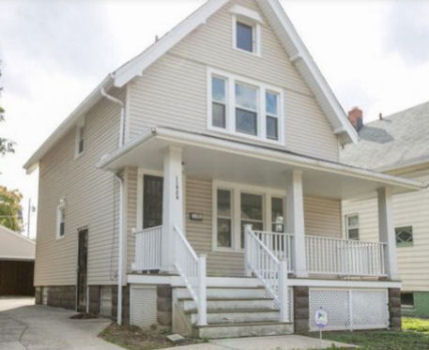 |
| Woodland Avenue starts near downtown (in the background) and goes uphill to the Heights. The hill ends here at Martin Luther King Jr. Drive (then East Blvd.), the city limit in 1910. Woodland continues east as Larchmere Boulevard. | Searching a real estate website found this house on Mount Overlook Avenue. Built in 1910, it has three bedrooms and one bath. Its owner, if registered to vote, could have signed the 1911 petition to create Shaker Village. |
